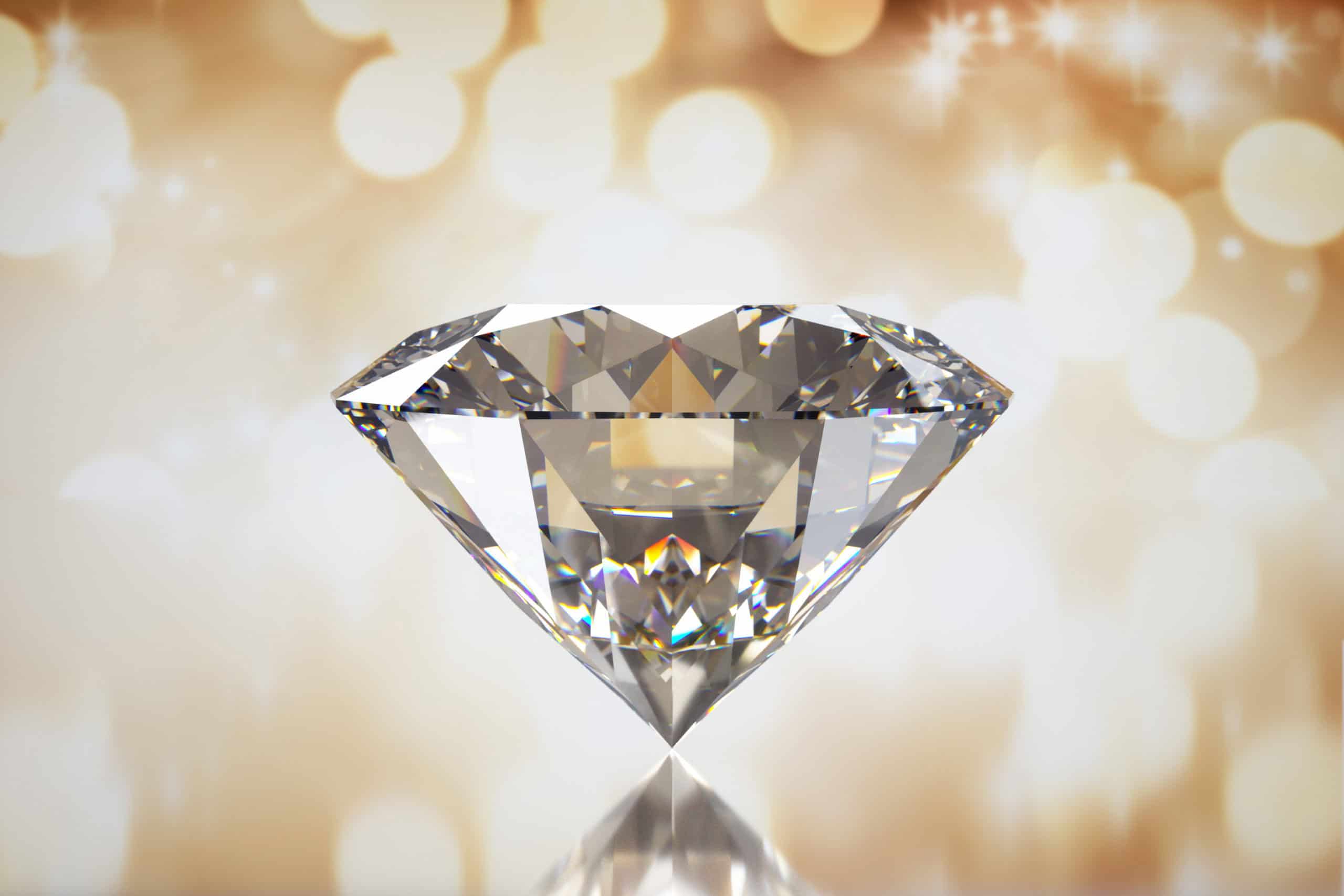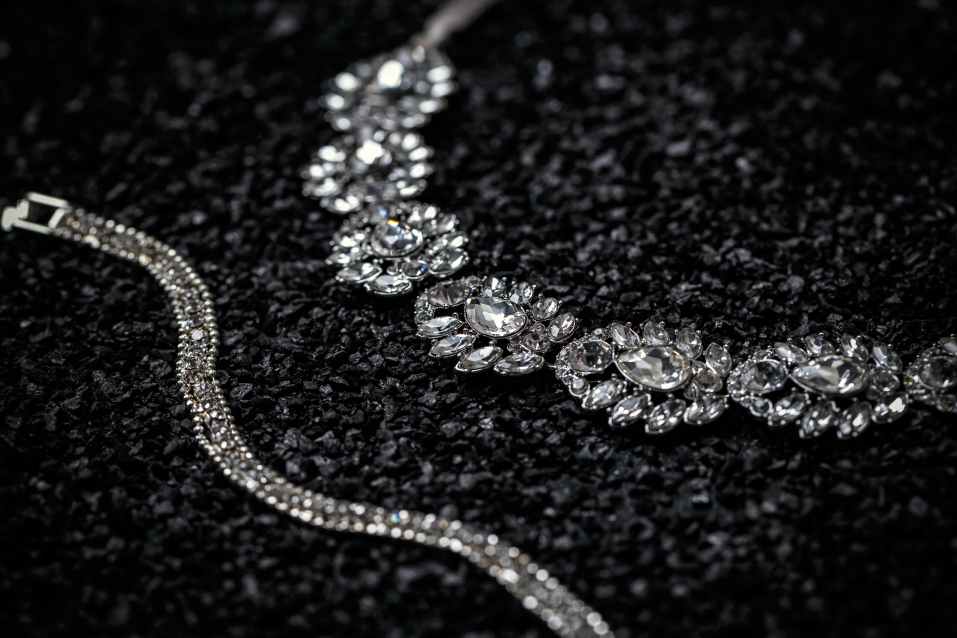Gemstones have fascinated humans for centuries, and among the most coveted are diamonds and sapphires. While they both possess remarkable beauty, they are inherently different in various aspects, from their composition to their physical characteristics. Let’s delve into the dissimilarities between these two precious stones.
Introduction
What are diamonds?
Diamonds, often dubbed as a girl’s best friend, Diferencias entre diamantes y zafiros, are renowned for their brilliance and durability. They are formed deep within the Earth’s mantle under intense heat and pressure.
What are sapphires?
Sapphires, on the other hand, belong to the corundum family and come in a spectrum of colors, with blue being the most famous. These gems are formed through a combination of aluminum and oxygen under high temperatures.
Composition and Structure
Diamond Composition
Diamonds are composed of pure carbon arranged in a crystal lattice structure, which gives them their unparalleled hardness.
Sapphire Composition
Sapphires consist of aluminum oxide with trace elements like iron, titanium, and chromium, contributing to their distinct hues.
Physical Characteristics
Diamond Physical Properties
Diamonds boast exceptional hardness, ranking 10 on the Mohs scale, making them the hardest natural substance known to man. They also exhibit a high refractive index, resulting in their dazzling sparkle.
Sapphire Physical Properties
Sapphires, while not as hard as diamonds, still hold a remarkable hardness, scoring 9 on the Mohs scale. Their brilliance and clarity make them highly desirable in jewelry.
Color
Diamond Color
Diamonds come in various colors, including white, yellow, brown, blue, pink, and even black. The presence of impurities or structural defects determines their color.
Sapphire Color
Sapphires are famously known for their rich blue hue, but they also occur in other colors such as pink, yellow, green, and even colorless. The presence of different trace elements dictates their coloration.
Clarity
Diamond Clarity
Diamond clarity refers to the absence of internal flaws or inclusions. The clearer the diamond, the more valuable it is considered.
Sapphire Clarity
Sapphire clarity is also crucial in determining its value. While most sapphires contain inclusions, those with minimal flaws are highly prized.
Cut
Diamond Cut
The cut of a diamond determines its brilliance and fire. Various cuts, such as round, princess, and emerald, showcase the stone’s beauty in different ways.
Sapphire Cut
Sapphires are cut in a similar fashion to diamonds, with popular cuts including oval, cushion, and pear. A well-executed cut enhances the gem’s color and clarity.
Value and Rarity
Diamond Value and Rarity
Diamonds have long been associated with luxury and wealth, man made diamonds, commanding high prices due to their rarity and desirability.
Sapphire Value and Rarity
While sapphires may not reach the same price points as diamonds, certain varieties, such as Kashmir sapphires, are exceptionally rare and valuable, fetching premium prices in the market.
Conclusion
In conclusion, while diamonds and sapphires share some similarities in their beauty and durability, they differ significantly in their composition, color range, and value. Whether you prefer the timeless elegance of diamonds or the vibrant hues of sapphires, both gemstones hold a unique allure that continues to captivate enthusiasts worldwide.



:max_bytes(150000):strip_icc()/white-sapphire-diamond-wedding-rings-Jacob-Huizar-Rich-Kid-Media2-2d4e75411df1452eafecaa3c6f02d2d4.jpg)




